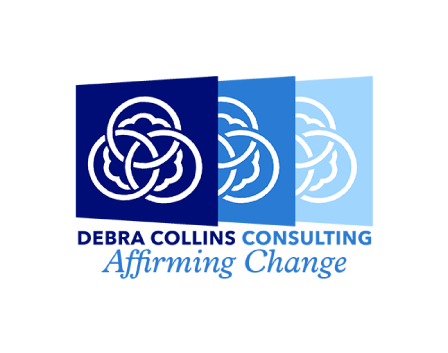I write quite a bit about change. Some write about what they know and others write about what they need to know. I fall into the latter category or more precisely I fall somewhere in the middle and depending on the “what” I am working on, the needle shifts.
I use the communication skills of Motivational Interviewing (MI) with my clients and sometimes with myself. I may have a serious discussion with yours truly about my natural ambivalence towards change; something that the practice of MI tells me is a common human condition. That is of little comfort to me even though I supposedly know this and tell others all about it in order to free themselves from passing judgement on themselves or others.
This brings me to the discussion of the passing seasons. I grew up in Southern California which had few seasonal cues. You could count on hotter days in the summer and when things start to cool down in the desert, the Santa Ana winds whip up bringing more heat and serious wind storms from October through March. I used to listen to my parents lament about how much they missed the seasons when they moved from New York to California which meant nothing to me.
I learned about seasonal changes from picture books and movies and grade school art projects. Even if it was 80 degrees outside you cut out yellow, orange and red construction paper leaves in the fall and white snowflakes in the winter and pastel tissue paper flowers with pipe cleaner stems, in what I am told was homage to spring. Summer was beach weather and you were out of school which made it different from all the other months.
I wonder if I would be more amenable to change if I had grown up seeing change as a natural part of life; watching things fall off and die back and get covered over by ice and snow and sludge and then the sludge melting away and vibrant green sprouts that turn into new leaves and flowers and then the cycle of life and death starts all over again.
This was just a silly thought believing that seasons would teach me about adaptability, but now that I have moved to the Pacific Northwest and have experienced a full seasonal rotation of my first fall leaves (I gave up trying to rake them all up); my first snow and ice storm (without power for 5 and half days); my first spring of everything turning chartreuse and flowering; and then the hottest summer on record (who knew there was a heat dome in my future)? ; I am looking at how the changing seasons have softened me. I enjoy having nature take me on her ride through time. How quickly it all comes and goes and she lets me know that change will come and I can be ready for it.






